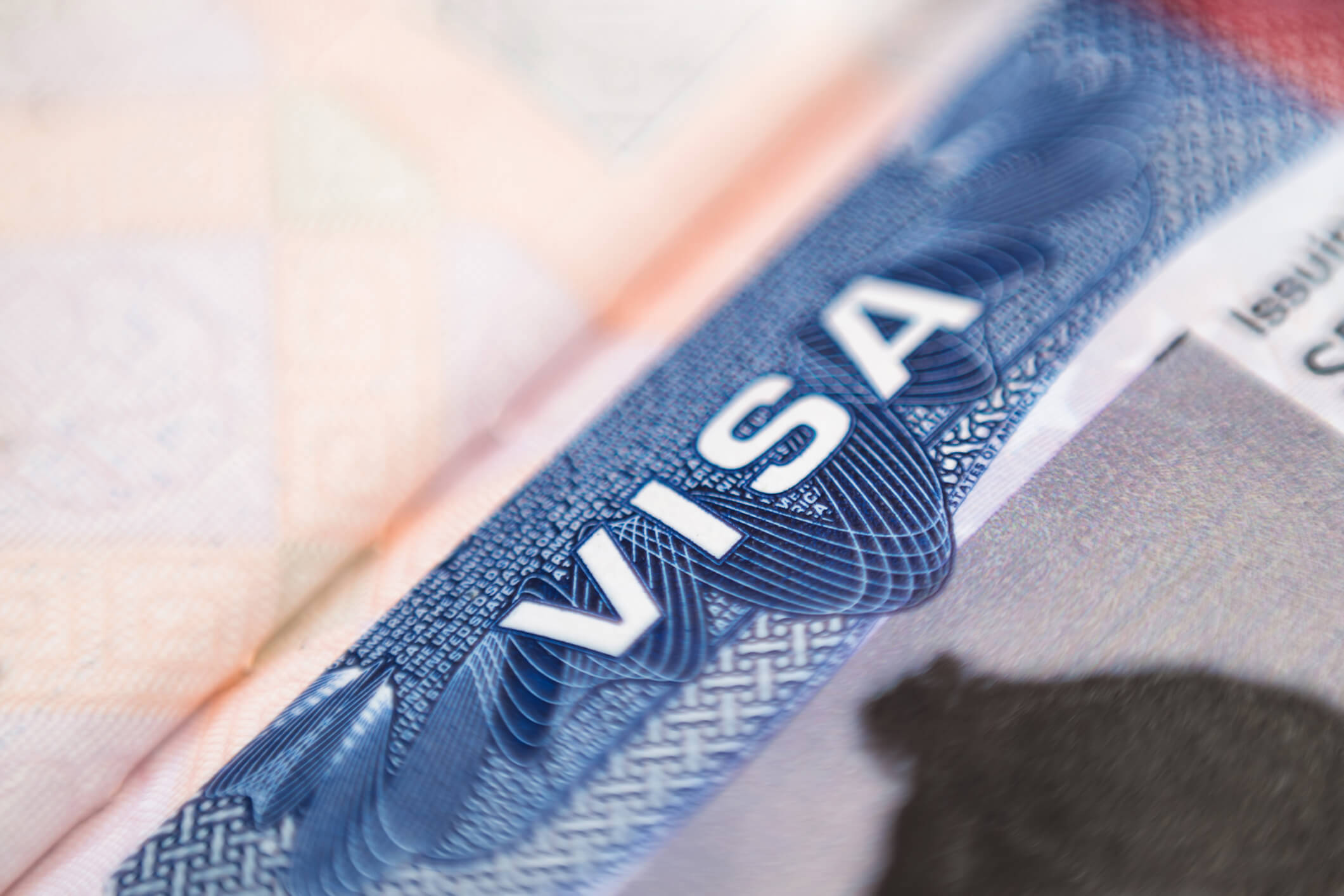On March 18, 2011, the U.S. Department of Labor’s (DOL) Employment and Training Administration and its Wage and Hour Division published a proposed rule that seeks to change several aspects of the H-2B program. The proposed rule is designed to ensure U.S. workers receive the same level of protections and benefits as temporary foreign workers recruited under the H-2B program and provide better access to U.S. workers for employers with legitimate temporary labor needs. “As our economy continues to recover, it is important for U.S. workers to receive access to all jobs, and that the H-2B program is used as it was intended,” said Secretary of Labor Hilda L. Solis. “At the same time, workers employed through the H-2B program must be treated fairly.”
This proposed rule follows the DOL’s 2008 rule that overhauled the H-2B program as well as the agency’s recent final rule published in January 2011 that changes the prevailing wage methodology that will require H-2B employers to offer the higher of the “arithmetic mean wage,” Davis-Bacon wage or Service Contract Act wage for any H-2B employment after January 1, 2012. In addition, the DOL’s Wage and Hour Division’s recent “Plan/Prevent/Protect” initiative is well under way and currently targeting H-2B employers in the hospitality industry to ensure the employer’s compliance with H-2B recordkeeping, the Fair Labor Standards Act and child labor laws.
The H-2B program allows the entry of foreign workers in the United States on a temporary basis when qualified U.S. workers are not available and when the employment of the H-2B foreign workers will not adversely affect the wages and working conditions of similarly employed U.S. workers. The H-2B program is limited by a biannual cap of 33,000 H-2B visas per year (66,000 overall) for employers with either a seasonal, peak-load, intermittent or one-time occurrence needs.
To streamline and improve the H-2B program, the DOL is proposing to create an H-2B registration process that would allow employers to conduct labor market tests closer to their date of need before applying for a certification. The proposed rule also would eliminate job contractors as users of the H-2B program. Some of the major changes to the H-2B program introduced in the proposed rule include:
- Abolishing the current attestation methods and reverting to the time-consuming directed recruitment methods, including recruitment up to three days before the date of need (increasing the recruitment time) and requiring the hiring back of former employees when available.
- Creating a national electronic job registry for all H-2B job orders (similar to that of the H-2A agricultural worker registry) to improve U.S. worker access to jobs and to help employers find workers from across the United States – an added administrative procedure of bifurcation of the registration phase that addresses the employer’s temporary need and an application phase that addresses the labor market test.
- Requiring employers to engage in post-filing recruitment of U.S. workers (similar to the requirement for H-2A agricultural employers).
- Limiting the definition of “temporary need” (other than a one-time occurrence) to nine months or less.
- Reinstating the critical role of the State Workforce Agencies (SWAs) in assisting employers by using their expertise on local labor market conditions and recruitment patterns.
- Requiring employers to disclose agency agreements and the use of foreign recruiters in the solicitation of H-2B workers (similar to the disclosure to the U.S. Citizenship and Immigration Services for the H-2B application).
- Extending H-2B program benefits, such as wages and transportation, to similarly employed U.S. workers (“corresponding employment”) to ensure these workers are not receiving lower wages or fewer benefits than the foreign workers.
- Strengthening worker protections by requiring employers to include the following provisions:
Payment or reimbursement of transportation and subsistence for workers to and from the place from which the worker has come to work for the employer;
Payment or reimbursement of visa, border crossing and other related government-mandated fees;
Provision of all tools, supplies and equipment;
The three-fourths guarantee: offering each worker employment for a total number of work hours equal to at least three-fourths of the workdays of each four-week period and requiring full-time work of at least 35 hours per week (similar to the three-fourths guarantee of the H-2A agricultural program);
Provision of accurate earnings statements with clear and lawful deductions; and
Requirement that employers provide workers with copies of job orders no later than the time at which the worker applies for the visa, if the worker is departing directly from his or her home country, and display a poster describing employee rights and protections in English and another language common to the workers at the work site.
Members of the public were invited to submit comments on this proposed rule via the federal e-rulemaking portal up to May 17, 2011. The DOL is expected to publish the final rule in July 2011.
The upshot of the proposed rule changes is that the H-2B program will become more burdensome (and likely impracticable) for hospitality employers to participate in the program. The DOL already is targeting H-2B hospitality employers through its Plan/Prevent/Protect initiative (akin to a DOL wage and hour audit except it is initiated without a claim by a current or former employee) and H-2B employers must now offer the arithmetic mean wage, an artificially high wage that does not necessarily reflect the market wages, particularly for entry level and unskilled positions. The proposed additional requirements, in particular the three-fourths guarantee (essentially guaranteeing that each H-2B worker as well as the U.S. workers hired during the recruitment process must receive three-fourths of the season’s wage at artificially high levels) and the “corresponding employment” requirement that U.S. employees in the same or similar occupations (sharing some of the same duties) also must receive the same transportation, subsistence and wages as the H-2B workers, will likely cause many hospitality employers to look at other options such as J-1 exchange visitor visas (summer/work travel) and undocumented workers (who appear to have acceptable documents for I-9 purposes).




